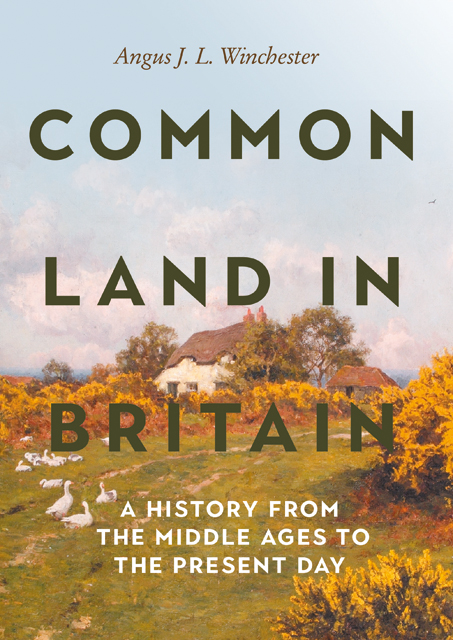Chapter 9 - North Assynt Common Grazings, Sutherland
Published online by Cambridge University Press: 20 December 2022
Summary
Crofting Register Common Grazing numbers: Clachtoll (CG 232); Stoer and Balchladich (CG 118); Clashmore and Raffin (CG 186); Culkein (CG 87); Achnacarnan (CG 103); Clashnessie (CG 235); Culkein Drumbeg (CG 90); Drumbeg (CG 89); Nedd (CG 150).
This group of nine contiguous common grazings belonging to crofting townships along the coast north of Lochinver, in the north-west Highlands of Scotland, was part of the Dukes of Sutherland’s vast estates from 1757 until 1913. Most of the grazings consist of an ice-scoured plateau at around 100–150m above sea level, containing rocky knolls and wet depressions with countless lochans, typical of the ‘cnockan and lochan’ landscapes underlain by Lewisian gneiss (Figure 42). The Stoer peninsula, on the ancient Torridon sandstone, is gentler and smoother, but more exposed, ground. Surveying the Assynt estate in 1774, John Home sketched pithy pen portraits of the pastures. Those belonging to Clachtoll were ‘Rugged rocky Hills interspersed with patches of Moss mostly coverd with Heath including Braes, Dens and hollow Slacks yielding grassy pasture with meadow Grass along the Burns’.
Home’s survey enables the boundaries of the modern common grazings to be compared with those of their eighteenth-century precursors (Figure 43). In 1774 the land was parcelled out between eleven farms, most in shared tenancies and containing multiple households (twenty in the most populous farm, Clashnessie). At Stoer, where there were fourteen families, the rent was divided between eleven of the tenants, for example. Each farm was centred on small areas of ploughland around the settlements near the coast and there were smaller cultivated patches at shieling sites scattered across the farms’ territories. The bulk of each farm consisted of the open grazings – ‘Hills, Moss and rocky Muirish Pasture’ in Home’s shorthand description – shared by the tenants of the farm. This, and patches of natural woodland also used as grazing ground, accounted for the overwhelming majority (on average 84 per cent) of each farm’s territory.
From the late eighteenth century, the conversion of inland farms into large-scale sheep ranches and the consequent removal of sub-tenants from them, led to migration to the coastal townships where livings could be supplemented by fishing. By the 1840s the townships of northern Assynt were congested and the estate factors sought to ease pressure by sponsoring emigration and reorganising the townships into crofts.
- Type
- Chapter
- Information
- Common Land in BritainA History from the Middle Ages to the Present Day, pp. 207 - 214Publisher: Boydell & BrewerPrint publication year: 2022



